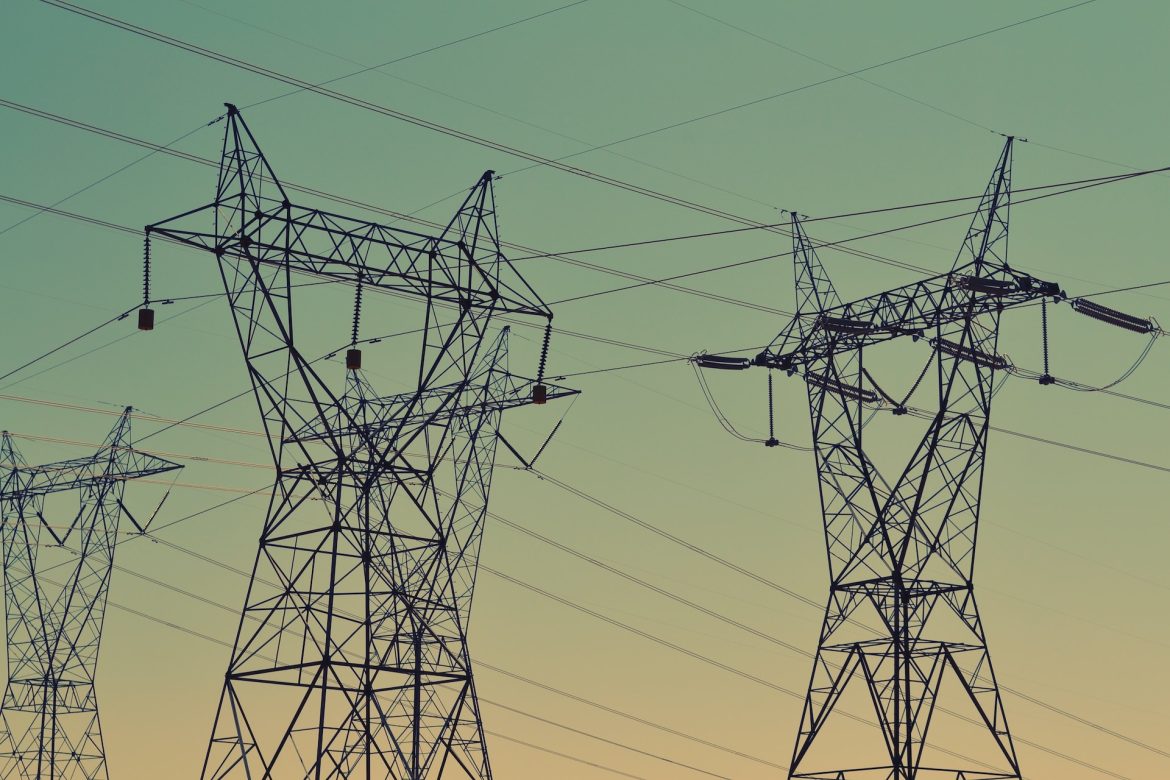Amid a tumultuous era marked by a pandemic and the aftershocks of Russia’s invasion of Ukraine, new data from the World Energy Outlook 2023 reveals that the quest for universal electricity access has suffered a significant setback. However, all hope is still possible, as some regions show promising resilience.
For the first time in many decades, 2022 witnessed a rise in the number of individuals without electricity, climbing to an alarming 760 million from the previous year. This regression predominantly afflicted sub-Saharan Africa, where 80% of those without power live.
Emerging data from 2023 brings a sliver of hope. Predictions show that the global count of people without electricity might reduce to 745 million by year’s end. Sub-Saharan Africa may finally halt its three-year access decline. Meanwhile, Asian economies continue to make progress, albeit at a more gradual rate than pre-2019 levels.
A deep dive into the International Energy Agency’s (IEA) assessment reveals that, while 2022’s regression was concerning, the situation could have deteriorated further. Efficacious strategies deployed by select African and Asian governments have mitigated the decline in electricity access.
African nations faced compounded challenges as local electric utilities were saddled with escalating debts, primarily from efforts to maintain affordable energy prices. Between 2019 and 2022, these utilities shouldered these costs, resulting in debt accumulation. This fiscal strain and supply chain disruptions stalled grid expansion projects. In 2022, the number of Africans gaining electricity via grid or mini-grid systems plummeted by 50%. Yet, there was a silver lining: solar home system sales in areas like West and East Africa exceeded pre-pandemic figures, offering an alternative power source. For instance, even amid the crisis, Nigeria’s population experienced a decline in the number of people without access to electricity.
Asia, on the other hand, showcased resilience. Pakistan, which houses 40% of Asia’s non-electrified population, encountered devastating floods in 2022. However, electrification efforts in regions such as Bangladesh brought forth commendable results. During this energy crisis, Cambodia and the Philippines also saw a downtrend in their non-electrified populations.
However, there’s a daunting road ahead. To accomplish the United Nations’ Sustainable Development Goal 7 (SDG7) by 2030, over 120 million individuals need access to electricity access annually. In 2023, this number is poised to be below 30 million. A collective, urgent intervention by governments and the international community is paramount.
Solar home systems are emerging as a beacon of hope, especially in sub-Saharan Africa. As per GOGLA, the global off-grid solar industry group, sales in this region skyrocketed by over 50% in 2022. In collaboration with the African Development Bank Group, IEA’s report underscores the fiscal challenges ahead. To provide all Africans with electricity, an annual investment of USD 22 billion is requisite until 2030.
With the midpoint of SDG7’s timeline upon us and roughly 600 million sub-Saharan Africans still without electricity, urgent, transformative measures are needed. The looming UN SDG Summit and COP28 in Dubai provide an unparalleled platform to recalibrate global strategies.
Both electrification and clean cooking technologies should be prioritized. IEA’s recent report outlines a roadmap to attain clean cooking access by 2030. Global leaders must rally to ensure that energy access goals remain viable. The stakes have never been higher, and collective, decisive action has never been more crucial.



